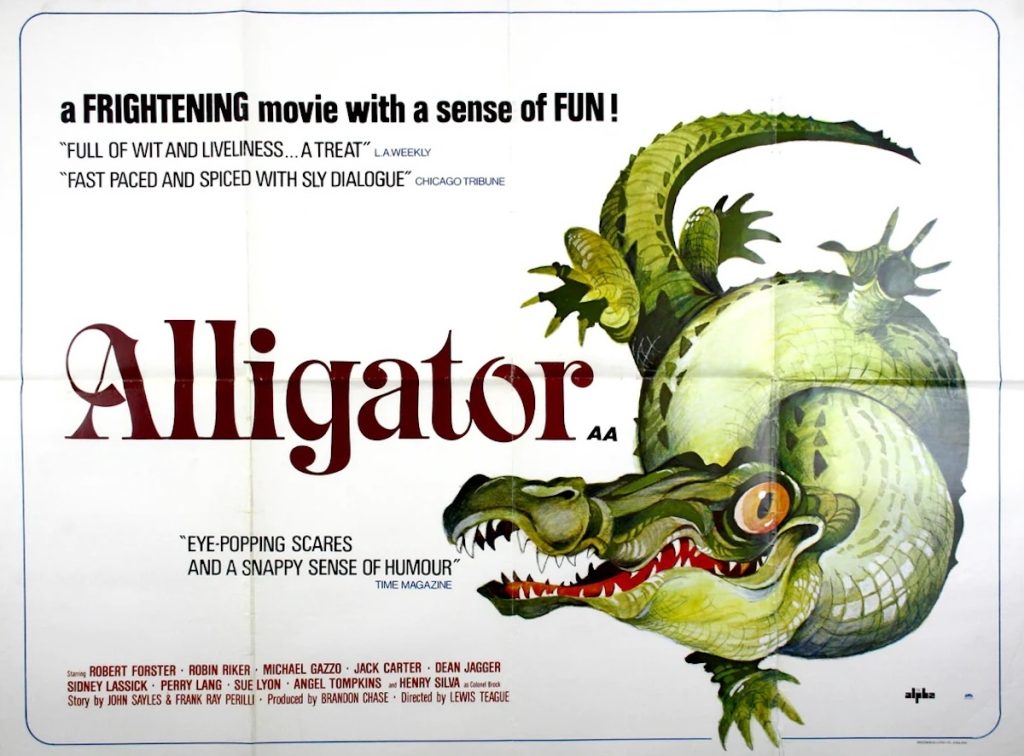There are images and moments in Luis Buñuel’s Los Olvidados that stick in the memory long after the final fadeout, and they’re not necessarily the most overtly surreal ones: A blind man’s stare-down with a rooster after he has been knocked to the ground. A pigeon being rubbed on a sick woman’s back. A legless man’s empty cart kicked down the street. A girl pouring goat’s milk on her legs. Poor children pushing a carousel while their more privileged peers ride, smiling and oblivious. A boy’s lifeless body being rolled down a hill where the community dumps its garbage.
That last image is the final one in the film, and it’s the culmination of the unrelenting despair that hangs over it from the very first frame. “This film is based on true facts,” reads the opening caption. “No character is fictional.” That is echoed by the narrator, who says, “This film shows real life. It’s not optimistic.” Optimism was the furthest thing from Buñuel’s mind when he set out to dramatize the plight of those born and raised in the slums of Mexico City. It can also be seen as an extension of his 1933 documentary Las Hurdes, which depicted, in stark detail, the crushing poverty endured by the residents of one of the poorest regions in Spain. That was his third film after the Surrealist masterpieces Un Chien Andalou and L’Âge d’or, both made in collaboration with Salvador Dalí, and for a time it seemed like it might be his last of any consequence.
Following the completion of Las Hurdes (which, like its predecessors, caused a scandal), Buñuel made inroads into Spain’s film industry through Filmófono, for which he worked as a writer, producer, and uncredited co-director, before traveling to the United States. There he worked for a time for the Museum of Modern Art, and in the dubbing department at Warner Bros. in Hollywood, where steady, meaningful work was hard to come by. He didn’t officially step behind the camera again until 1947, when he directed the musical Gran Casino for producer Óscar Dancigers. While that was not a success, artistically or commercially, their next film, the comedy El Gran Calavera, was enough of a hit that Dancigers kept his promise to let Buñuel propose his next project, which became Los Olvidados.
While the script, by Buñuel and Luis Alcoriza (who worked on many of his follow-ups over the next decade), revolves around a whole gang of street kids, its focus is on two: unrepentant delinquent Jaibo (Roberto Cobo) and impressionable Pedro (Alfonso Mejía). Jaibo is mentioned in hushed tones before he appears, having escaped from the reformatory where he’s been locked up for a year since another boy ratted on him. (For what offense, we never find out.) Pedro is one of those who idolizes Jaibo, and Buñuel and cinematographer Gabriel Figueroa give the older boy a movie star entrance to match his reputation.

While Jaibo is intent on getting even with Julian, the boy who turned him in, Pedro longs to be reconciled with his mother (top-billed Estela Inda), who berates him for hanging out with “punks.” Also dismissive of the troublemakers he has to deal with on a daily basis is blind beggar Don Carmelo (Miguel Inclán), who is so unpleasant he elicits no sympathy whatsoever from the viewer. He’s even capable of moving the two most innocent characters – a country boy nicknamed Small Eyes whose father abandoned him and a girl named Meche who puts up with the unwanted advances of Jaibo and Carmelo – to threaten him with violence.
Jaibo doesn’t just threaten people with violence, though, and when he kills Julian, he tells Pedro they’re “bound together forever,” which is another way of saying he’ll keep turning up like a bad penny to ruin Pedro’s every chance of turning his life around. That implied threat triggers the first of two surreal sequences, which aren’t as elaborate as the ones in Buñuel’s previous films, but are still evocative and laden with symbolism. He did entertain some outlandish ideas, however, such as a full orchestra performing on the girders of a building under construction in the background of a few shots. Dancigers nixed that, but let him indulge himself in ways that wouldn’t break the bank.
The gamble paid off, even if initial reactions to the premiere were so negative, Dancigers pulled Los Olvidados from theaters after just three days. Luckily, it fared better at the 1951 Cannes Film Festival, where it netted the Best Director prize and set the stage for its strong showing at Mexico’s Ariel Awards. More importantly, its international success strengthened Buñuel’s relationship with Dancigers, who produced eight more of his films, including 1953’s Él, which Criterion is releasing later this month. With luck, more work from his fruitful Mexican period will follow suit, and this should be at the head of the line.
“Los Olvidados” isn’t on any streaming services, but it can be found where one might look for rare films.



